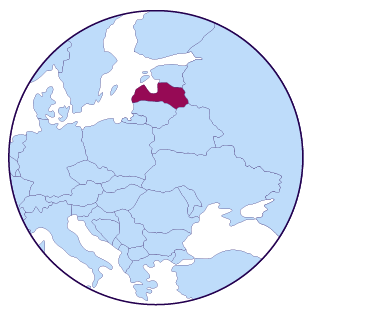Convention No. 190 builds on the understanding that no one should be subject to violence and harassment in the world of work (ILO 2018b).
Article 2
- This Convention protects workers and other persons in the world of work, including employees as defined by national law and practice, as well as persons working irrespective of their contractual status, persons in training, including interns and apprentices, workers whose employment has been terminated, volunteers, jobseekers and job applicants, and individuals exercising the authority, duties or responsibilities of an employer.
- This Convention applies to all sectors, whether private or public, both in the formal and informal economy, and whether in urban or rural areas.
For this reason, its scope of protection is broad and goes beyond employees (Art. 2), and ensures protection to all “workers” irrespective of their contractual status, both in the formal and informal economy, and whether in the private or public sector (ILO 2019b; 2018b). 11 Moreover, the reference to “other persons in the world of work” further broadens the scope to cover persons in training, including interns and apprentices; jobseekers; volunteers and people whose contracts have been terminated, as well as “individuals exercising the authority, duties or responsibilities of an employer” (ILO 2018b; 2019b). It is important to recall that this broad scope of protection is in line and consistent with the latest statistical definition of “work”, as adopted by the International Conference of Labour Statisticians. It covers all jobs and work activities in all forms of work. 12
Box 5. Extending protection beyond employees
Recent labour law reforms seem to be moving in this direction and to extend protection against violence and harassment in the world of work to a variety of individuals, regardless of their contractual status.
This broad scope of protection is at the origin of the “inclusive approach” called for by Convention No.190. Given the diverse range of individuals protected by the Convention, a one-size-fits-all solution would have not been able to provide effective protection to everyone, as measures need to recognize and take into account the specificities and vulnerabilities of each individual or group, the different sectors or occupations where they operate, as well as work arrangements through which they provide work or are provided work, including possible interaction with third parties, where applicable.
2.2.1 Ensuring inclusion through accessibility
With a view to providing effective protection from violence and harassment in the world of work, particularly to individuals or groups in vulnerable situations, Convention No. 190 has a strong focus on ensuring accessibility. The promotion of an inclusive workplace culture – including through reasonable accommodation – is essential to ensuring equality of opportunity and treatment, to protecting against discrimination, and to preventing and addressing violence and harassment. According to Convention No. 190 and Recommendation No. 206, accessibility is a core element to facilitate prevention, enforcement and redress, and awareness raising. The different needs of people with disabilities, individuals belonging to ethnic minorities, and migrant workers, among others, should be taken into account. In this regard, Convention No. 190 requires that tools, guidance, education and training be provided in accessible formats, which is essential for widespread and inclusive awareness raising (Arts 4(2)(g) and 11(b)). Information and training on the hazards and risks of violence and harassment, as well as on associated prevention and protection measures, also need to be in accessible formats (Art. 9(d)). Regarding enforcement, the Convention requires Members to ensure easy access to reporting and dispute resolution mechanisms and to remedies (Art. 10(b)). This would include ensuring that processes are accessible to all workers and other persons concerned on an equal basis.
Box 6. Ensuring accessibility in preventing and addressing violence and harassment in the world of work: Selected examples concerning people with disabilities
11 In light of the changing world of work, the broad formulation allows for the inclusion of workers in zero-hour contracts and other non-standard forms of employment, those working online in virtual workplaces or through platforms, and self-employed, home-based workers.
12 In 2013, the 19th International Conference of Labour Statisticians (ICLS) adopted Resolution I on “statistics of work, employment and labour underutilization”, which introduces a “conceptually revolutionary definition” of work that makes it clear that work can be performed in any kind of economic unit, including households and communities, and can also include services that are not provided in the context of market transactions. This definition includes – but also transcends – work for pay or profit, and comprises “any activity performed by persons of any sex and age to produce goods or to provide services for use by others or for own use”. In 2018, the 20th ICLS went one step further in its Resolution I by providing a new International Classification of Status at Work (ICSaW-18), which covers all jobs and work activities in all forms of work, including own-use provision of services. See ILO 2018d.
13 See Directive (EU) 2019/882 of the European Parliament and of the Council of 17 April 2019 on the accessibility requirements for products and services.











